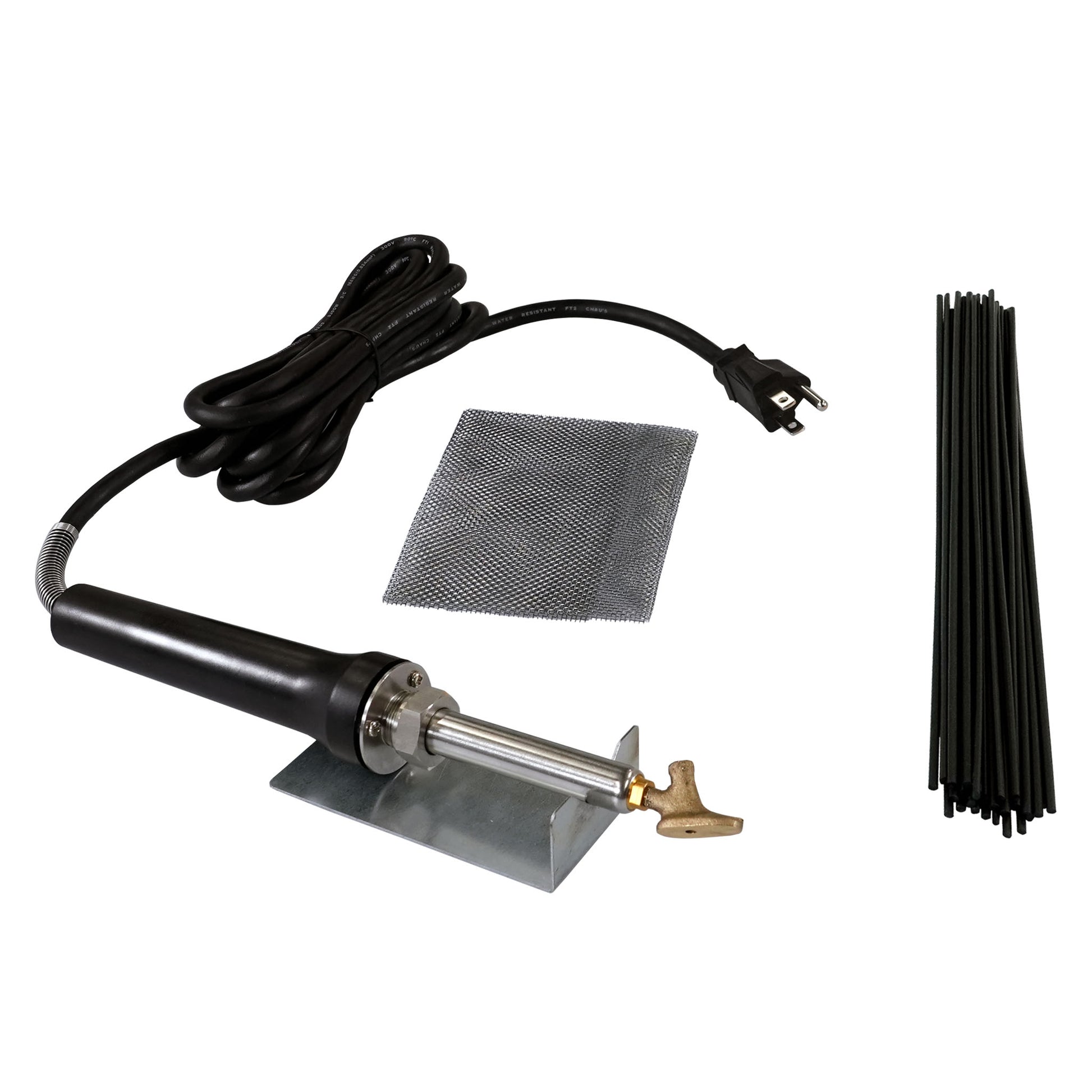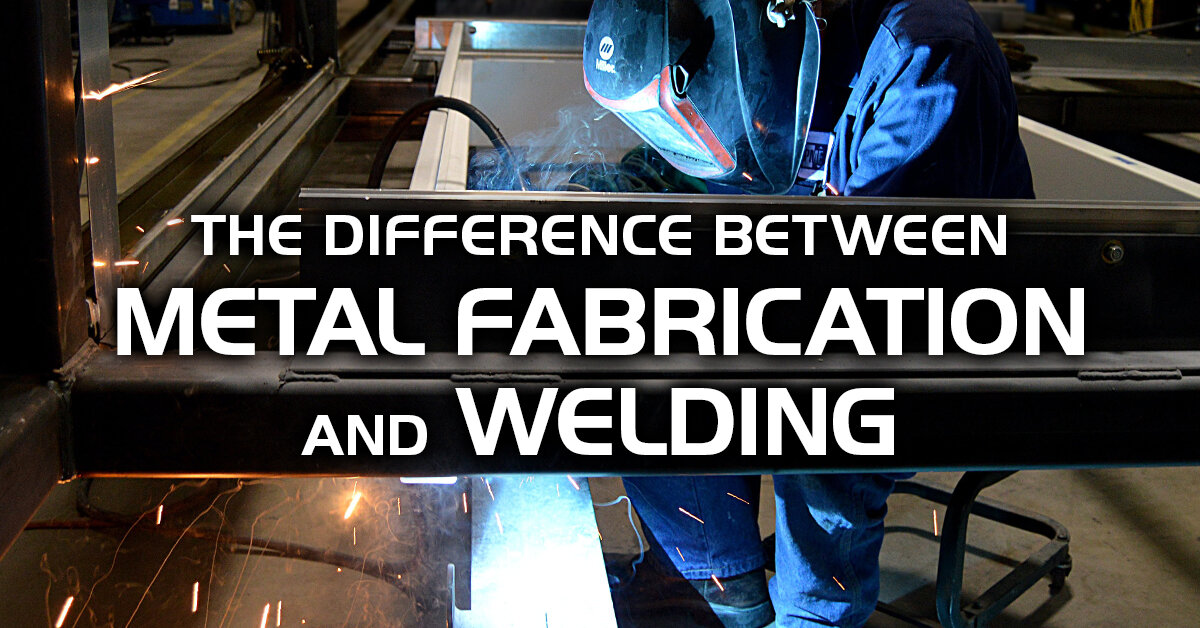Everything about Welding: Secret Insights Into Techniques and Finest Practices for Success
Welding incorporates a selection of techniques, each suited for certain materials and applications. Comprehending these techniques, such as GMAW, SMAW, and TIG, is necessary for attaining excellent outcomes. Furthermore, the appropriate tools and safety and security techniques can not be overlooked. As prep work and fixing play essential functions in the welding process, understanding these elements can substantially enhance the top quality of the final product. What are the essential variables that assure an effective weld?
Understanding Various Welding Strategies
Welding methods include a variety of techniques, each suited to particular applications and materials. Amongst the most usual methods are Gas Steel Arc Welding (GMAW), Secured Metal Arc Welding (SMAW), and Tungsten Inert Gas Welding (TIG) GMAW, additionally understood as MIG welding, is prominent for its speed and adaptability, making it ideal for slim products. SMAW, or stick welding, is favored for its simpleness and performance in exterior environments, especially with thicker metals. TIG welding uses precision and control, making it appropriate for detailed job and non-ferrous metals (Montana Mobile Welding and Repair Belgrade Fabrication). Each strategy has its unique benefits and factors to consider, permitting welders to select the ideal technique based on the task's requirements, material type, and wanted results. Recognizing these strategies is important for successful welding
Crucial Welding Equipment and Tools
While different welding techniques call for specific skills, the best devices and devices are similarly necessary for attaining top quality outcomes. Essential welding devices consists of welding machines, which differ relying on the strategy-- such as MIG, TIG, or stick welding. Protective gear, including aprons, handwear covers, and helmets, warranties safety and security and convenience throughout the procedure. Additionally, components and clamps help protect products in location, guaranteeing accuracy in welds. Consumables like welding poles, cord, and securing gas are likewise crucial components that influence the high quality of the weld. Additionally, devices such as mills and cutters promote surface area prep work and post-weld completing, adding to a professional outcome. Buying high-quality tools ultimately enhances the performance and performance of welding jobs.
Safety Practices in Welding
Proper security practices are crucial in the welding sector to safeguard workers from prospective threats. Welders have to wear appropriate personal safety devices (PPE), consisting of safety helmets with proper shading, handwear covers, and flame-resistant apparel. Ample ventilation is important to reduce exposure to hazardous fumes and gases created during the welding procedure. In addition, workers must be learnt the right handling of welding equipment to stop mishaps. Fire safety measures, such as keeping flammable products away from the welding location and having fire extinguishers easily offered, are required. Regular inspections of equipment and work spaces can aid determine possible threats prior to they result in accidents. By adhering to these safety and security practices, welders can develop a much safer working setting and minimize threats connected with their trade.
Preparing Materials for Welding
Preparing materials for welding is an essential step that greatly influences the top quality and honesty of the end product (Montana Mobile Welding and Repair Fabrication). Appropriate prep work includes cleaning the surface areas to get rid of impurities such as corrosion, oil, and dust, which can jeopardize the weld. Strategies such as grinding, sanding, or utilizing solvents are commonly employed to achieve a clean surface. Furthermore, ensuring that the materials fit together well is important; gaps can lead to weak welds. It's also crucial to consider the placement and positioning of the parts, as this will affect the ease of welding and the final end result. Ultimately, picking the ideal filler material and guaranteeing compatibility with the base metals is necessary for achieving strong, durable welds
Tips for Getting High-Quality Welds
Achieving high-quality welds needs interest to information and adherence to ideal practices throughout the welding procedure. Appropriate joint prep work is important, ensuring surfaces are free and tidy from impurities. Choosing the ideal filler material and welding technique based on the base metals is critical for suitable bonding. Keeping consistent traveling rate and angle while welding can protect against defects and promote uniformity. Additionally, regulating warm input is essential; too much heat can cause bending and weakened joints. If essential, consistently inspecting the welds during the process enables for prompt changes. Utilizing proper post-weld treatments, such as cleansing and stress alleviation, can boost the sturdiness and stability of the weld, eventually making certain an effective result.
Repairing Usual Welding Issues
Welding often presents challenges that can influence the top quality and honesty of the final product. Typical problems such as porosity, inconsistent weld grains, and getting too hot can occur, each requiring certain fixing strategies. Understanding these troubles is essential for welders to improve their skills and achieve optimal results.
Porosity Issues Discussed
Although porosity can typically be forgotten, it remains an important concern in welding that can compromise the honesty of a finished product. Porosity refers to the existence of little gas pockets within the weld bead, which can damage the joint and lead to premature failing. This problem usually emerges from impurities, moisture, or incorrect securing gas coverage during the welding process. To minimize porosity, welders need to validate that the base products are clean and completely dry, make use of proper shielding gases, and maintain constant welding criteria. Consistently inspecting the devices and atmosphere can additionally assist determine possible issues prior to they show up in the weld. Addressing porosity properly is important for accomplishing solid, resilient welds that satisfy top quality requirements.

Irregular Weld Beans
Irregular weld grains can substantially affect the top quality and stamina of a finished item. Numerous factors add to this problem, consisting of inappropriate travel speed, inaccurate amperage settings, and irregular electrode angles. When the welder relocates too rapidly, a grain may appear narrow and do not have penetration, while moving as well gradually can cause too much buildup. Additionally, making use of the incorrect amperage can lead to either damaging or extreme spatter, both of which concession portable welding table weld stability. The welder's technique, such as irregular lantern motion, can also result in irregular grain look. To reduce these troubles, welders must concentrate on keeping stable, controlled motions and making certain proper tools setups to achieve harmony in their welds. Uniformity is essential to attaining strong and reputable welds.
Getting Too Hot and Bending Issues
Extreme warmth during the welding procedure can cause considerable overheating and deforming issues, affecting the structural integrity of the workpiece. These problems typically manifest as distortion, which can endanger placement and fit-up, making further setting up challenging. Aspects contributing to overheating include the choice of welding specifications, such as voltage and take a trip speed, as well as the kind of material being welded. To minimize these concerns, welders should keep consistent traveling speed and proper heat input while monitoring the workpiece temperature level. Additionally, pre-heating or post-weld heat treatment can help minimize stresses brought on by fast air conditioning - Montana Mobile Welding and Repair Belgrade Fabrication. Routine assessment and adherence to ideal techniques are vital in preventing getting too hot and making sure the long Web Site life and dependability of welded structures
Frequently Asked Inquiries
What Are the Job Opportunities in the Welding Industry?
The welding sector supplies diverse profession chances, including settings as welders, inspectors, engineers, and educators. Experts can function in production, building and construction, aerospace, and auto markets, gaining from solid demand and competitive wages in different roles.
Exactly How Can I Improve My Welding Rate Without Giving Up High Quality?
To boost welding speed without compromising quality, one ought to practice efficient techniques, maintain tools, enhance setups, and boost hand-eye coordination. Regular training and looking for responses can additionally find here substantially add to achieving quicker, top quality welds.
What Qualifications Are Readily Available for Welders?
Numerous certifications exist for welders, including those from the American Welding Culture (AWS), the National Center for Construction Education and Research (NCCER), and various industry-specific organizations. These qualifications boost employability and demonstrate skill proficiency.
Exactly How Does Welding Impact the Residences of Metals?
Welding influences the buildings of steels by changing their microstructure, which can lead to adjustments in ductility, strength, and solidity. Warmth input and air conditioning rates during the procedure significantly affect these product attributes.
Can I Weld Dissimilar Metals With Each Other?
